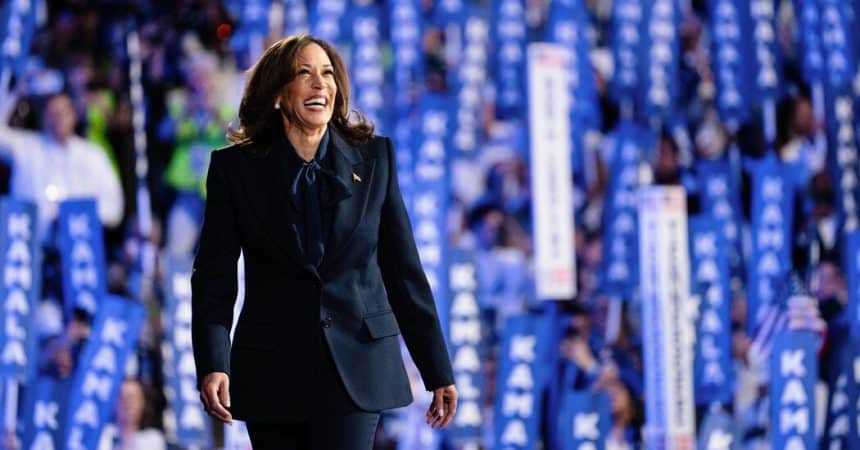In the end, she did not wear a white suit.
For the biggest, most consequential speech of her life, for the headline appearance in four days of high pageantry, Kamala Harris accepted her nomination as the Democratic candidate for president in navy blue. That’s a bigger symbolic statement than it may at first appear.
Many women in the United Center in Chicago wore white. Many of the other speakers had worn it, too. (A call had gone out from the D.N.C. Women’s Caucus requesting the shade.) Ashley Biden, for her speech introducing her father; Stephanie Grisham, for her speech explaining why she had abandoned Donald Trump, her former employer; Deb Haaland, the secretary of the interior; Gov. Gretchen Whitmer of Michigan. But not Ms. Harris.
Instead, she used the regalia of the moment to bring to a close a chapter that began with the nomination of the first Democratic woman candidate for president, Hillary Clinton, in 2016, and to start a new one.
That’s what she offered in her speech — “a chance to chart a new way forward” — and that’s what her suit represented. In its monochrome substance, the point was impossible to miss.
Ever since Mrs. Clinton strode onstage at her convention in her white Ralph Lauren, assuming the mantle of all the women who had fought for a political voice, from the suffragists to Geraldine Ferraro, the white pantsuit has become a very specific political trope, one that was especially potent during the Trump administration.











